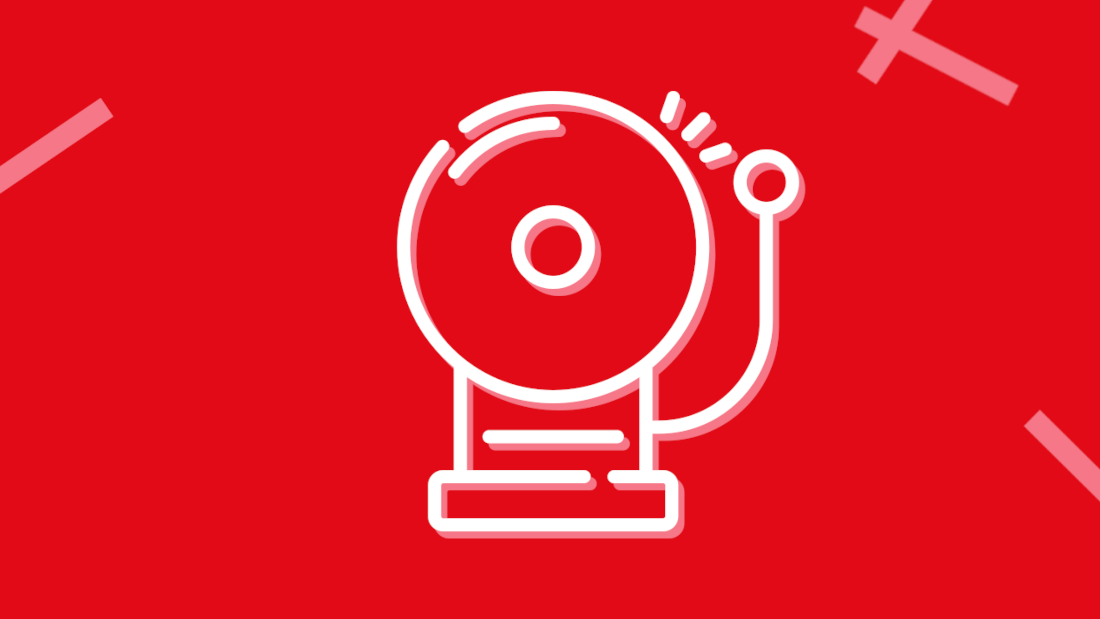In a crisis, the last thing you need is risky or poor-quality information surfacing and damaging your organisation. Content governance is the answer.
Content governance is a system for managing information. It is part of a strategy, used across an organisation’s digital and non-digital estate.
That estate could include:
- a website or websites
- third party sites, including social media
- books, papers and other publications
- lectures and speeches
- educational material
- databases
- newsletters
The governance system is made of rules and processes for:
- what information we communicate publicly, and when
- what information we communicate within the company, and when
- what mediums we use for what information
- the shape information takes in different mediums and situations
- how we manage information, and who is accountable for it
- the lifespan of information
- what we want the information to achieve
Strong content governance annoys people
People often react badly to content governance. It puts guardrails on actions and its rules apply to everyone, no matter how powerful their role is.
In my experience, there is more resistance to content governance in hierarchical and patriarchal workplaces, and environments where people are not promoted on merit.
Strong content governance keeps people and their information safe
Strong content governance protects strategic, legal, and financial interests. It tells a consistent, manageable story about an organisation.
Weak content governance damages trust by telling an inconsistent story.
It wastes people’s time, is a drain on an organisation’s resources, and damages the environment.
In some situations, weak content governance puts people in danger or threatens a business's viability.
How content governance helps you in a crisis
Manage risk before it becomes a crisis
Here’s an example.
Your company works in a politically unstable place, where the rule of law is fragile.
The people who work with you in that place – employees, partners, 3rd party suppliers, people who attend your events – could be at risk because of their association with your company.
Strong content governance would include rules to mitigate that risk.
For example, you don’t photograph people at events in that place.
You don’t put local employee, supplier or partner names on your website.
And you work with local experts to understand what information is risky, and in what context or medium
You can understand the specific risks by involving risk and security experts, and people with strong contextual knowledge, as well as content experts, in your content governance planning.
And convene the same group regularly to re-evaluate the plan.
Know what information is public or findable
Content governance gives information a structure.
A website, for example, has a structure that includes parent and child pages, and a naming convention for links and titles.
If your website is governed well, you can easily and quickly see:
- what information is on the site
- where in the site’s architecture the information is
- who can see the information
- who owns the information
- what other information it is linked to
Re-assess risk in a fast-changing situation
When you know what information is in your estate, and how it interacts with other information, your crisis team can think about the following:
- What are the risks of changing, removing, or keeping the information as it is (these choices all carry risk in a crisis)?
- If we decide to change, remove, or keep information, who can do that work, what consequences will they have to mitigate, and how much time will it take?
- What questions will we need to answer about this information, from partners, politicians, journalists, customers, or the public?
- Who else will we have to rely on to do the work effectively? For example, you might have to ask a 3rd party to de-index old content.
You can also make potential crises part of the criteria for new content.
As well as deciding what strategic goal new content will achieve, consider how long it will take to manage if you decommission its parent page.
Or how its meaning and usefulness could change.
Make confident decisions about how to manage information
You can make those decisions confidently if you can clearly see the problem you’re dealing with.
If your content governance is weak, you might have web pages with no parent page, and links that don’t describe the content of the page.
Or you might have risky information in PDFs attached to your website.
Anything could be lurking in there.
You might be unaware that that content exists – but you can be certain that, in a crisis, someone else will find it, and it will be damaging.
Strong content governance means you and your content experts can confidently find, assess, and manage all the information that could affect you in a crisis.
Find out more about communicating in a crisis
In the past year, I’ve written quite a bit on this and related subjects here on the Sparck blog:
- How content design can serve international or mixed language groups
- Improve your crisis response with human-centred design
- How people read: 3 reading skills designers should understand
If you’d like to talk about improving your organisation’s content before a crisis hits, get in touch here on the website, or via LinkedIn.



